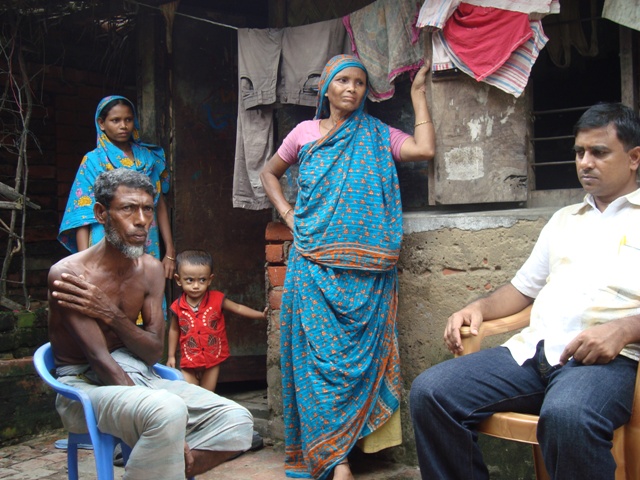By Nahid Tahrima Rashid, Microfinance Management Professional
It is a common misconception that the poor lead very simple financial lives, comprised of scraping up their scant resources and a few financial transactions. Several methodologies have proven this to be untrue. One of the most powerful is the financial diary. It is a powerful research tool which records the financial flows of a poor household by collecting high frequency data on household transactions for a certain time period. Financial diaries research has been conducted in various countries: USA, Malawi, South Africa, Bangladesh, India, Papua New Guinea, among others.
The tool was first conducted in Bangladesh in 1999-2000 as well as in India and South Africa to understand how poor people manage their financial lives. For example, how do they put food on their tables, afford a home, save for emergencies and old age, offer or take loans from neighbors and family. The answers to all these questions have been explained in the remarkable book “Portfolios of the Poor: How the World’s Poor live on $2 a day”.
Now, BRAC Microfinance is conducting financial diaries again in certain areas of Dhaka city (Mirpur, Mohammadpur, Lalbag, Wari, Luxmibaza and Korail Slum). In early 2014 we plan to scale up the process. The pilot phase will last from October until December. Microfinance Opportunities (MFO), a leading organization in consultancy and research on financial services, has agreed to provide analytical support and technical assistance. The respondents are a mixture of borrowers of microfinance, borrowers of other microfinance organisations (i.e. Safe Save, World Vision, ASA) and people who don’t have loans with any formal organization. The respondents are categorized in two groups: under-privileged women who have access to BRAC’s (or other organisations) financial assistance and small and medium entrepreneurs.
Every week the respondents are being interviewed about how and where they spend their money, how they get their money, if they are in debt, and if they are capable of overcoming the deficit within a month’s time. The respondents are provided a notebook and asked to record their day-to-day transactions. The data is gathered and documented in Microsoft Access.
Right now we are focusing on learning the process. At this point, the primary objective for BRAC is to learn this method of data collection. In the future, it could potentially be used to help inform the design of new microfinance products.
Throughout the pilot phase the team has already learned a lot of things about the lives of the respondents. For example, because of the political unrest, three respondents are facing large decreases in their incomes. A female boutique owner’s monthly income has been more than halved as a result of the recent political instability. In the scale up phase we hope to learn more about the dynamic financial lives of the poor, in an effort to better serve them.

Outstanding Experience!